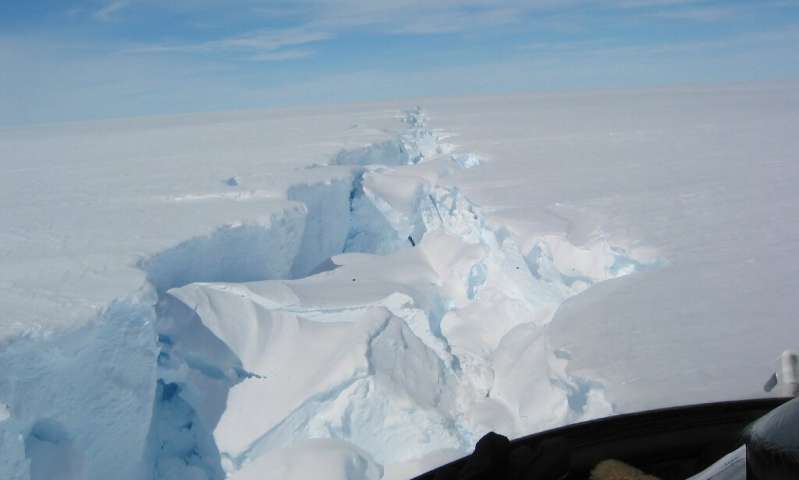
Iceberg larger than London breaks off Antarctic shelf

A gigantic iceberg measuring at 631 square miles has separated from the Amery Ice Shelf in Antarctica. The break is the largest in more than half a century.
The table iceberg named D-28 by scientists was captured by the European Union Earth Observation Program calving from the Amery ice shelf (Antarctica’s third-largest).
Known as the ‘Loose Tooth’ the iceberg contains 347 billion tons of ice but scientists are not connecting this event to climate change.
Scientists from the Australian Antarctic program, the Institute of Marine and Antarctic Studies and Scripps Institution of Oceanography have been monitoring the site for almost 20 years.
Helen Amanda Fricker, a Scripps professor, said scientists first noticed a rift at the front of the ice shelf in the early 2000s and had predicted a large iceberg would break off between 2010 and 2015.
“I am excited to see this calving event after all these years. We knew it would happen eventually, but just to keep us all on our toes, it is not exactly where we expected it to be,” said Professor Fricker.
She continues to add that “while there is much to be concerned about in Antarctica, there is no cause for alarm yet for this particular ice shelf.”
However, there are concerns about ships traveling along the iceberg’s path.
Nearshore currents and winds will carry D-28 westwards. It’s likely to take several years for it to break apart and melt completely.






